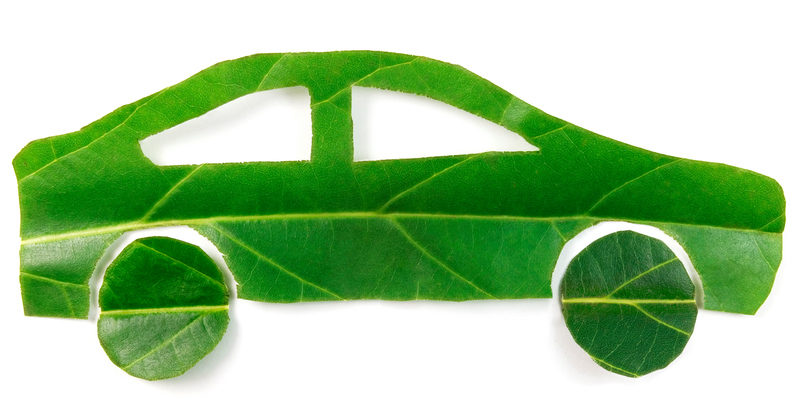Efficient Drivers Save Money
Driving a car is an ongoing expense. According to AAA, car ownership costs about $8,469 a year in 2017. That’s for cars driven an average of 15,000 miles that year—and that doesn’t factor in car notes! There are ways to drive efficiently and save on gas, which may keep your costs under that average, even if you spend more than 15,000 miles a year on the road.
Our Money-Saving Tips
-
Drive less.
Consolidate trips, carpool, take public transportation, and walk or bike if your errands are nearby.
-
Drive a fuel-efficient vehicle.
In addition to saving on gas, there are federal tax breaks of up to $7,500 for fuel-efficient drivers. You can learn more about efficient vehicles and alternative fuels at Arkansas Clean Cities.
-
Drive a vehicle with a manual transmission.
You’ll use less fuel.
-
Drive slowly and steadily.
It’s like tortoise and the hare fable— “Slow and steady wins the race.” Speeding leads to costly tickets and higher insurance. But in addition to that, it burns more gas. You’re spending about $0.20 more per gallon for every 5 mph that you drive over 50 mph. And accelerating rapidly also burns more gas.
-
Use cruise control on the interstate.
This helps regulate speed and lower gas costs. Leave enough of a cushion between you and other drivers to avoid having to check your speed with your brakes (which saves on the cost of brake pads and repairs!) and instead, get comfortable adjusting your speed with your hand controls.
-
Don’t brake excessively.
Slamming on the brakes is hard on your car, and if you need to do this often, you’re probably following too closely anyway. Instead, slow down by looking ahead, and let off the accelerator earlier, if you see a stop sign, curve, or car ahead.
-
Don’t idle for longer than 10 seconds.
It’s more gas efficient and better for the environment to turn off the car and recrank.
-
On cold days, there’s no need to warm up your car for longer than 20 seconds.
Modern engines won’t be damaged by popping into gear immediately, unlike the vehicles of decades ago.
-
Don’t drive with unneeded cargo.
An extra 100 lbs. of cargo reduces your miles per gallon by about 1%.
-
Remove unused racks.
Unused roof and tail racks cut down on your car’s aerodynamism and cost you in terms of fuel-efficiency.
-
Make sure your tires are properly inflated.
Under-inflation wears tires out and causes your car to work harder, burning more gas. You should be especially vigilant in cold temperatures, which can cause the air pressure in your tires to drop suddenly.
-
Plan your route.
Take the route that has less stopping and starting, even if it’s not the most direct. A few extra interstate miles are easier on your car than a few less city miles. Avoid gravel and dirt roads when possible. It takes more gas to drive on rough roads.
-
Pay attention to when and where you gas up.
Buy gas early in the week, since prices tend to rise Wednesday through Saturday, and try to avoid filling your tank in extremely rural areas where there are few gas stations. Gas tends to cost more at the only station on a thirty mile stretch of road.
-
Download a gas app.
-
Follow your car’s recommended maintenance schedule.
This keeps your car running efficiently and may prevent more expensive repairs down the road.
-
Purchase affordable car insurance.
Click here to get a free, no-risk quote on car insurance from Farm Bureau Insurance of Arkansas.
Sources
https://www.moneycrashers.com/how-to-save-money-on-gas/
https://www.fueleconomy.gov/feg/driveHabits.jsp

